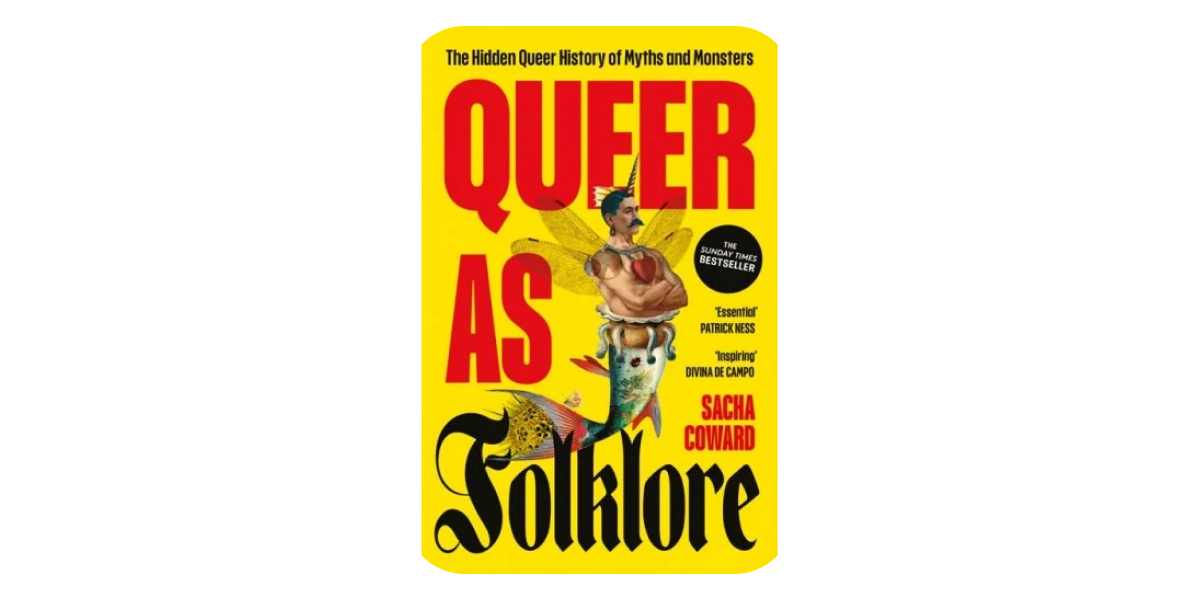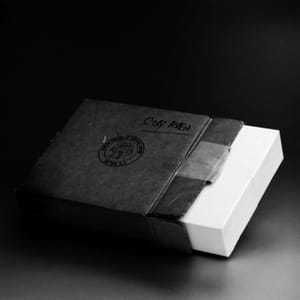Dominique He said - Vinyl Version (2005)
It’s a good time for The Rest to be covering Dominique: After the release of their most recent album More Love Now (2008) and a few performances in the years after, an almost decade-long silence followed. But the queer underground indie-pop band started performing together again in 2022! This past February, the same group of musicians released the album The Basis of All Life under the name Carbon Goblet—and now, Dominique is officially making a comeback, with the release of their reunion album Camping in the Wilderness scheduled for late 2025. Whether this new record is going to bless us with more of the smoky, dream-like sound they came up with in the 2000s or with something completely new is anyone’s guess. Given that band member Dominic Eichler has written an LGBTQ+ historical novel in the meantime, we are very much hoping that the inherently queer, raconteur feel “He said”, our song of the day, constructs with nothing but two simple lines of lyrics has not been left by the wayside.
While we are getting our hopes up for more of the same goodness in the future, “He said”—keeping in line with the notion of queer storytelling and culture being exceptionally good at withstanding any challenge thrown its way—is utterly timeless: When its secretive, intimate vocals croon about “after hours on the dance floor,” that dance floor expands far beyond a 21st century nightclub to queer spaces of the future and the past to include, say, a 19th century Molly House. At a time when male homosexuality was illegal and often persecuted under English law, these establishments were safe spaces for queer men and gender nonconforming people in British cities. Most often situated in taverns, coffee houses or the like, they offered a place to date, have sex or simply to socialize.
For quite a long time even after the heyday of Molly Houses, they were thought of as not much more than brothels for gay men. This, however, was mainly because society reduced queer men to their sexuality and so didn’t consider any other possibilities—and the fact that Molly Houses most often existed in parts of cities where illegal activities (including brothels!) were part of any run-of-the-mill evening certainly did not help.
Precisely because of the illegal nature of these meeting places, Molly Houses were of course kept secret and are not well documented: Unfortunately, we don’t know what did happen there. What we do know, however, is that with the simultaneous rise of Ballroom culture in the US, queer social events and parties were definitely happening in many places all over the world. In other words: Queer people carved out spaces to croon at each other on the dance floor after hours a solid century ago already, and have been doing so since the dawn of time. Or, well, since the invention of dance floors, at least.
Dig Deeper

Digging up tangible pieces of queer history and presenting them in a way that does them justice takes an immense amount of skill. The non-fiction title Queer as Folklore by Sacha Coward does so beautifully: Chapter by carefully researched chapter, the book presents a roll call of the most popular characters in fairy tales and myths—and how all of them, heroes and villains alike, have been influenced by queer history to become what they are today.

Start the conversation
Become a paid member of The Rest to gain access to the comments section.